The common graphite is formed by stacking a layer of planar carbon atoms arranged in a honeycomb order. The interlayer force of graphite is weak, and it is easy to peel off each other to form a thin graphite sheet. When the graphite sheet is peeled off into a single layer, the single layer having only one carbon atom thickness is graphene, which is a two-dimensional material.
Although it looks very thin, graphene has unparalleled performance of conventional materials: mechanical, electrical, thermal conduction, barrier properties. Its thermal conductivity is 10 times that of metal, its electron mobility is higher, its resistivity is smaller, and it is better than silver and copper with the best thermal conductivity. Flexible graphene heat-dissipating film can help existing notebooks, smart phones, etc. to improve their heat dissipation. Performance; it is almost transparent, only absorbing 2.3% of the light, 97.7% of the light can be transmitted, making it have great potential for use in the photovoltaic field.
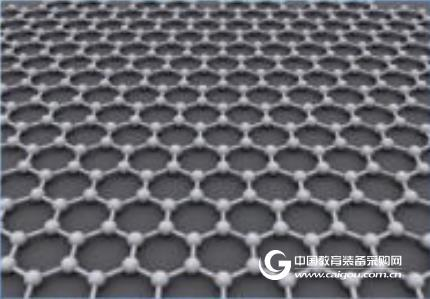
Next, Xiaobian will lead everyone, together with the potential application of graphene in some areas.
First, flexible graphene storage
Now everyone is expecting more and more mobile phones. I hope that more black technology will be applied to mobile phones, and I hope that my mobile phone has very cool features. In addition to super large memory, storage space, long standby time, ultra-fast transmission speed, powerful camera, video recording function, biometric technology, full-view curved screen, AR and VR functions, etc., people are now paying more and more attention to mobile phones. Lightweight, the coolest is a folding phone.
At present, there are some eyebrows for the research of flexible screens. However, if you want the mobile phone to achieve any folding effect, you need the flexible and flexible internal components. Although it is very far away, you have already made research results in this area. The University of Exeter in the United Kingdom has developed a new material based on graphene - mixed graphene oxide titanium dioxide storage, only 50 nanometers in length and 8 nanometers in thickness, writing and reading speed is only 5 nanoseconds, which is very suitable for future flexible mobile phones. Designed to replace flash storage in smartphones.
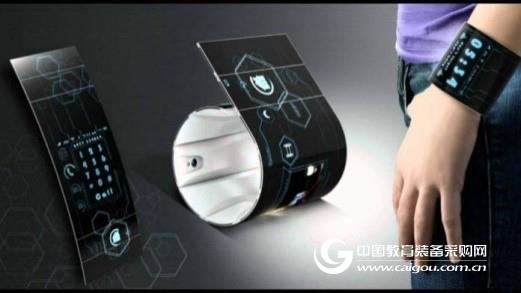
Second, solar cell light board
Graphene can be used in the photovoltaic field with a light transmittance of 97.7%. Conversely, researchers at the University of Surrey in the United Kingdom have used nanotexturing technology to fabricate solar panels from textured graphene. Originally, the researchers were inspired by the moth's eyes to texture the graphene surface, increasing the light absorption capacity of graphene by 90%, and absorbing very weak light, which can greatly improve energy efficiency.
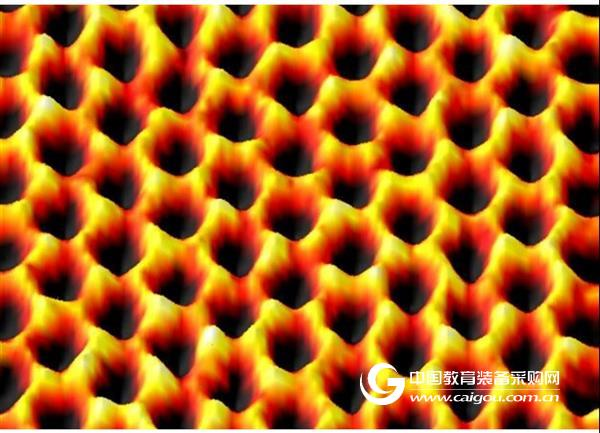
Third, graphene "artificial throat"
Researchers at Tsinghua University focus on many studies on graphene in human health. Recent professors have said that a few single-layer graphene films are stacked together to form a certain structure, which can make it more abundant. Professor Ren applied it to the field of “artificial throatâ€.
Usually, the average person can't understand what the congenital person is saying, and they need to convert these sounds. The “artificial throat†detects the vibration behavior of the throat and analyzes it through the processing circuit. For example, we can replace the single-frequency sound of 10KHz or 5KHz with the sound recorded in advance, such as “Helloâ€, etc., so that when the deaf-mute person makes “ahâ€, the artificial throat will automatically send “Helloâ€, currently The study is still underway. Let us hope together that in the near future, Professor Ren can use graphene to help deaf people speak.

I have introduced so many excellent functions and uses of graphene. Next, let us look at the true colors of the mountains under the electron microscope.
Figure 1 shows an image of a cross-section and surface of graphene obtained by electron microscopy at 20,000, 30,000, 40,000, 50,000 times. It can be clearly seen that the product consists of multiple layers of graphene and exhibits a porous structure. The porous structure of graphene has superior adsorption performance and is used in air purifiers, automobile ventilation system membranes, etc., especially in sewage treatment. Studies have shown that the adsorption capacity of graphene oxide for lead is 10 times that of conventional carbon materials, and the adsorption rate can reach 99%, which can make the water deep purification as shown in Fig. 2.
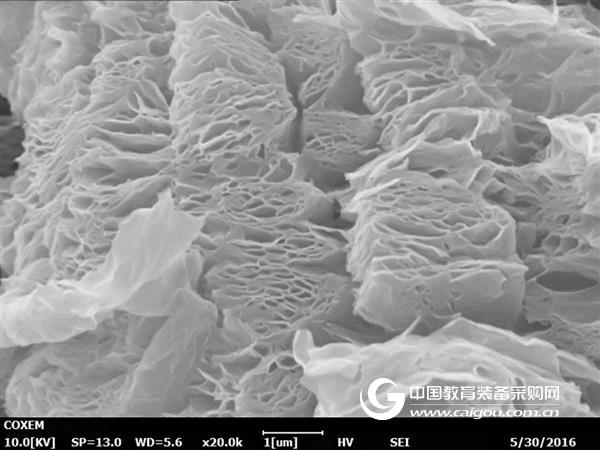
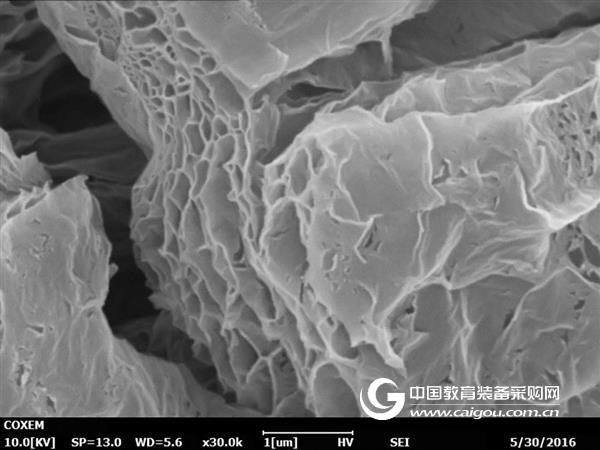
Fig.1 Graphene cross section and surface topography under electron microscope
Using Zeiss's sigma500 field emission scanning electron microscope to observe graphene, we can see different landscapes.
As shown in Figure 3 below, the cross section of different graphene (60,000, 100,000 times) and the surface image (15,000, 100,000 times). From the cross-sectional image, we can clearly see the boundary and the multi-layer structure; it can be seen from the surface image that there are many wrinkles on the graphene surface. Studies have shown that the number of graphene layers can be judged by wrinkles because: single layer In order to reduce the surface energy, graphene will change its morphology from two-dimensional to three-dimensional, so the surface fold of single-layer graphene is significantly larger than that of double-layer graphene, and the degree of wrinkles becomes smaller as the number of graphene layers increases. On the other hand, the more the number of layers, the less electrons are transmitted, and the darker the color on the scanned image, and vice versa.
On the other hand, the SPS technology induces a large number of wrinkles on the surface of graphene, which can transform graphene from hydrophilic to hydrophobic, which is of great significance for the development of superhydrophobic materials.
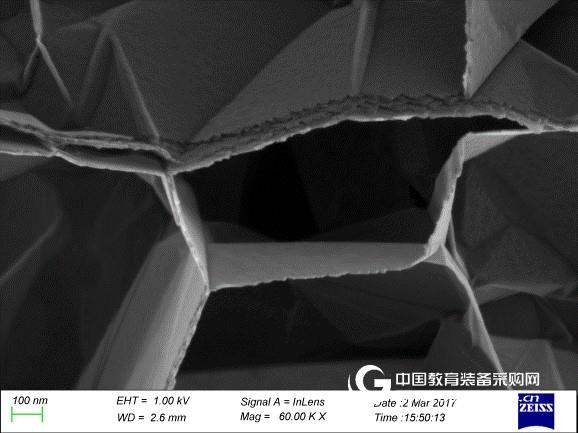
Figure 2 Adsorption of graphene

postscript
Although graphene has great development potential, and some research on some excellent properties has made some progress (as mentioned above), there is still a long way to go from industrialization to benefit the public. The revolution has not yet succeeded, and comrades still need to work hard. The vast number of scientific researchers still need to use the Zeiss microscope to make persistent efforts.
What's the highlight of the next issue? Stay tuned!
Guangzhou serika Technology Co., Ltd. , https://www.serikamedical.com